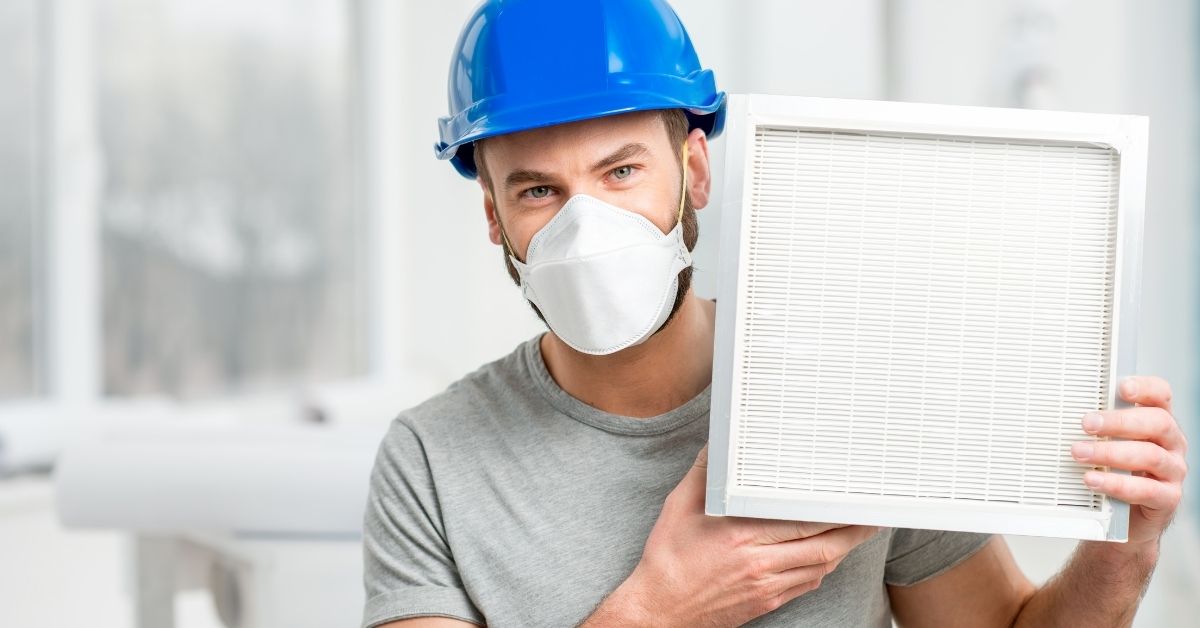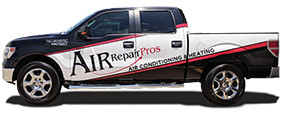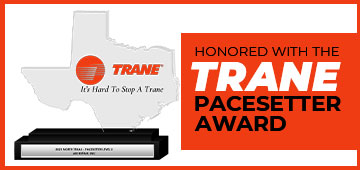Air Filtration in Frisco & Surrounding Communities

Air Filtration
Combined with other recommendations by public health agencies like the CDC, air filtration can help decrease the possibility of airborne transmission of viruses such as COVID-19.
HVAC filters and air cleaners are created to filter contaminants (including viruses) and pollutants from the air, reducing the number of harmful particles in the air you breathe. Portable air cleaners (air purifiers) can be helpful if outdoor air ventilation isn’t possible without sacrificing indoor comfort or if outdoor air pollution is high.
Air cleaners must be able to eliminate small airborne particles (0.1-1um) to remove viruses from the air effectively. Manufacturers can report this ability in different ways. They might rate the performance based on the CADR rating, specify the use of HEPA filters, or state the removal efficiency for particle sizes (“eliminates 99.7% of particles as small as 0.5 um”).
To choose an air cleaner that efficiently filters airborne viruses, choose:
- a purifier that is the correct size for your space
- a purifier with a CADR rating for smoke (not just dust or pollen) has a HEPA label or advertises that it filters particles below 1 um.
HVAC Filters and Air Cleaners in Homes
Portable air cleaners (like air purifiers or sanitizers) are designed to clean the air in a room or space. HVAC or furnace filters can filter air all through a home. Both can decrease air pollutants indoors, including airborne viruses.
HVAC Filters and Air Cleaners in Schools, Offices, and Commercial Buildings
The HVAC systems in large buildings usually filter air before distributing it through a building, so consult a professional to help upgrade the HVAC filters as necessary for your building and unit. The EPA and CDC suggest improving air filters to the maximum efficiency possible for the system and ensuring the filter fits to minimize air bypass.
To supplement the HVAC system’s filtration and ventilation, you may want to consider portable air cleaners, particularly where satisfactory ventilation is hard to attain. The spread of contaminated droplets can be minimized by ensuring the airflow isn’t blowing from person to person.
Bipolar Ionization with In-duct and Portable Air Cleaners
Bipolar ionization is a new technology used in portable air cleaners or HVAC systems to produce negatively and positively charged particles. Manufacturers may advertise this technology to assist with eliminating viruses in the air (including SARS-2-CoV, which causes COVID-19) or to enable the disinfection of surfaces within a specific area. There is little research available outside of a lab setting. The evidence regarding effectiveness and safety isn’t as well-documented as more established methods, like filtration. Unless specific protections are taken in the device’s design and upkeep, bipolar ionization can potentially produce ozone and other harmful by-products inside your home or building. Suppose you choose to use an air cleaner that uses bipolar ionization. In that case, the EPA suggests using a product that complies with UL 2998 standard certification (air cleaners claiming to emit zero ozone emissions).
Not all devices use bipolar ionization; the packaging or advertising materials usually specify if this technology is used.
 Skip to content
Skip to content














